For any long-term research paper with middle schoolers, I like to provide the students with a step-by-step planning document. Their job is to look at their calendar and to fill in the dates that they should finish each step. After each step is completed, they bring the paper to school, show me the completed elements, and get my signature.
This approach had mixed results the first time around. The most organized and motivated students found it to be a good way of keeping track of their progress and getting continual feedback. Other students lost the sheet and still tried to do everything at the last minute, even though the project required process feedback. I hope the more I use this type of planning sheet, the more the students will get used to it and take responsibility for their own planning. If the students had laptops, I'd shift this planning sheet to Trello or another online platform.
This approach had mixed results the first time around. The most organized and motivated students found it to be a good way of keeping track of their progress and getting continual feedback. Other students lost the sheet and still tried to do everything at the last minute, even though the project required process feedback. I hope the more I use this type of planning sheet, the more the students will get used to it and take responsibility for their own planning. If the students had laptops, I'd shift this planning sheet to Trello or another online platform.
| research_planning_document.pdf |
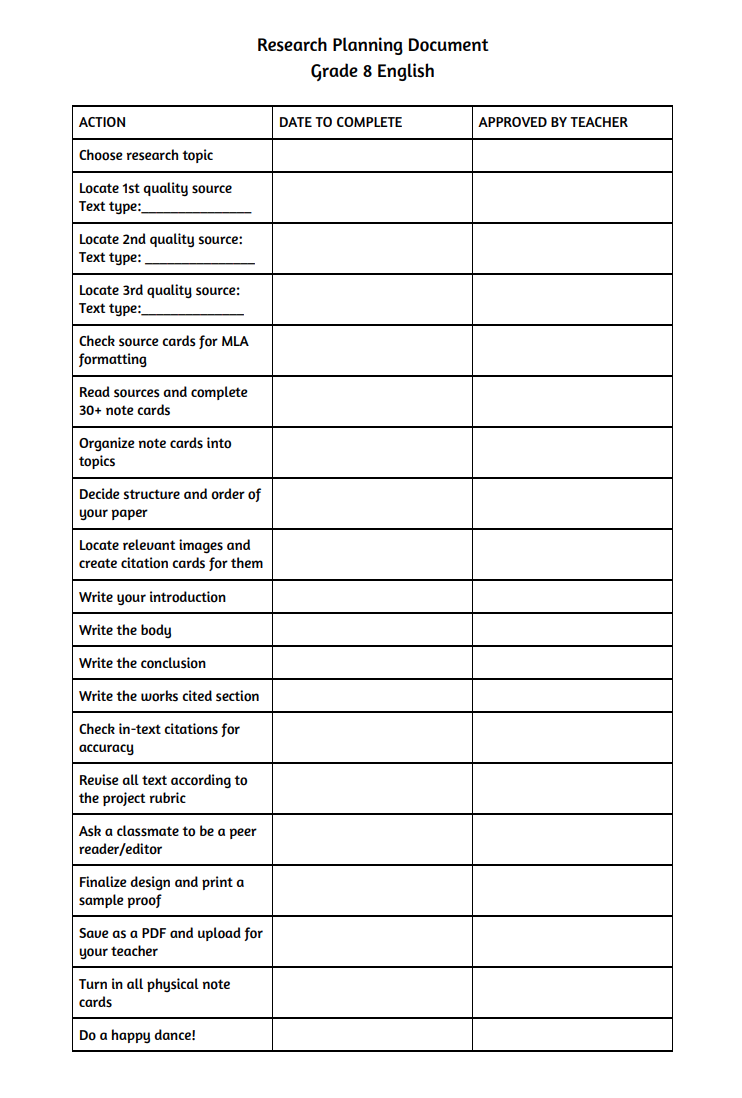
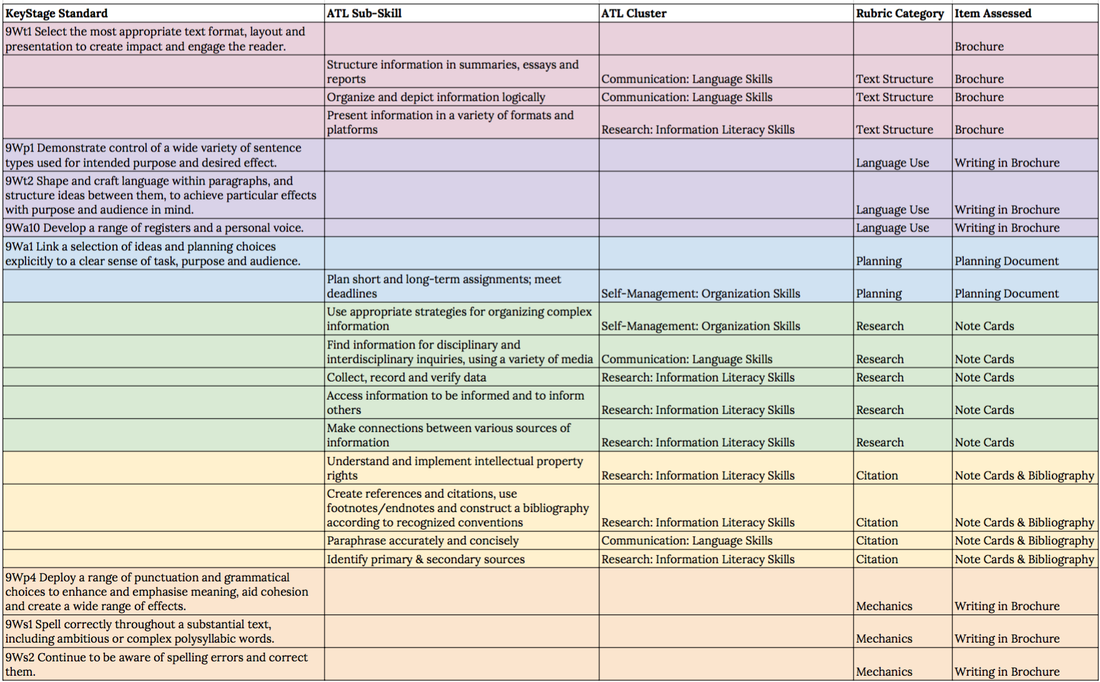
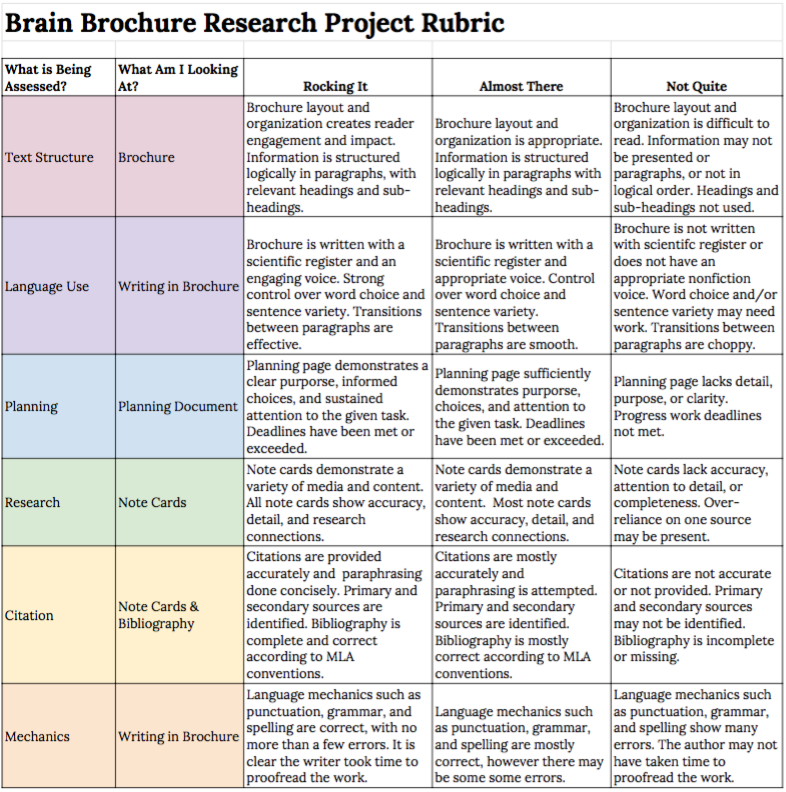
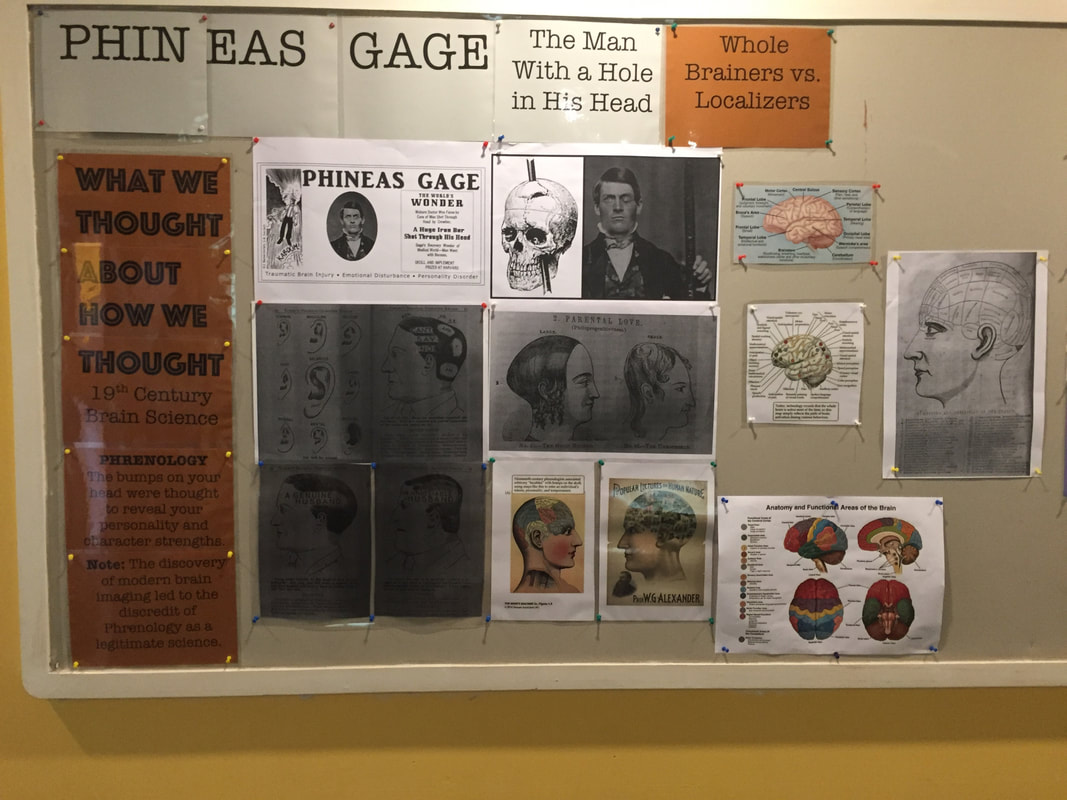
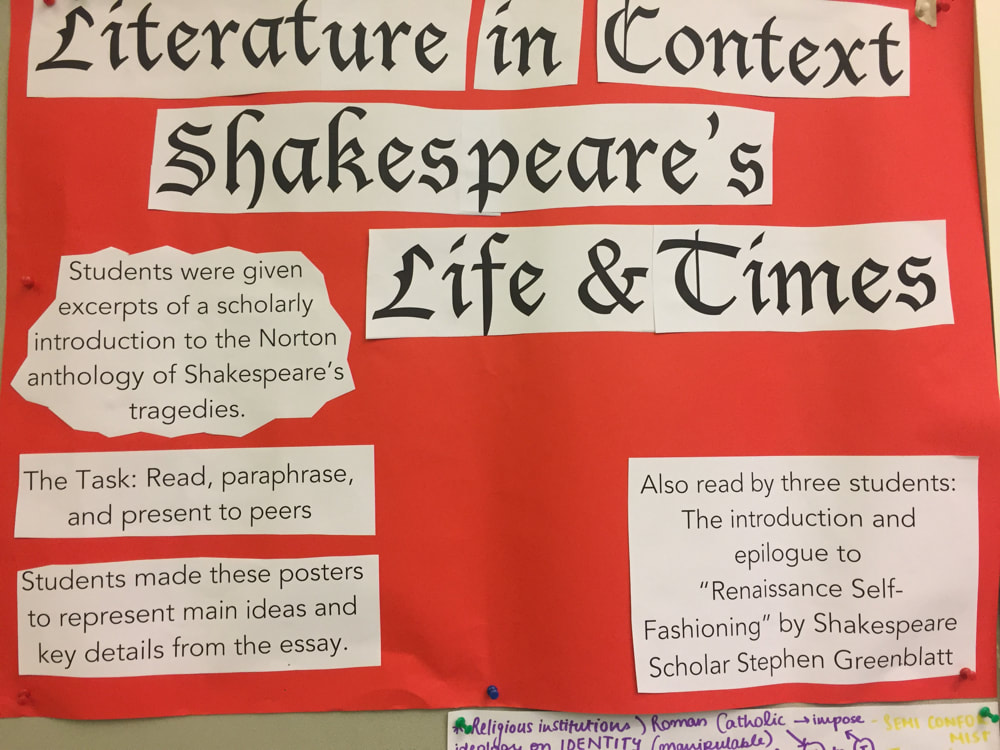
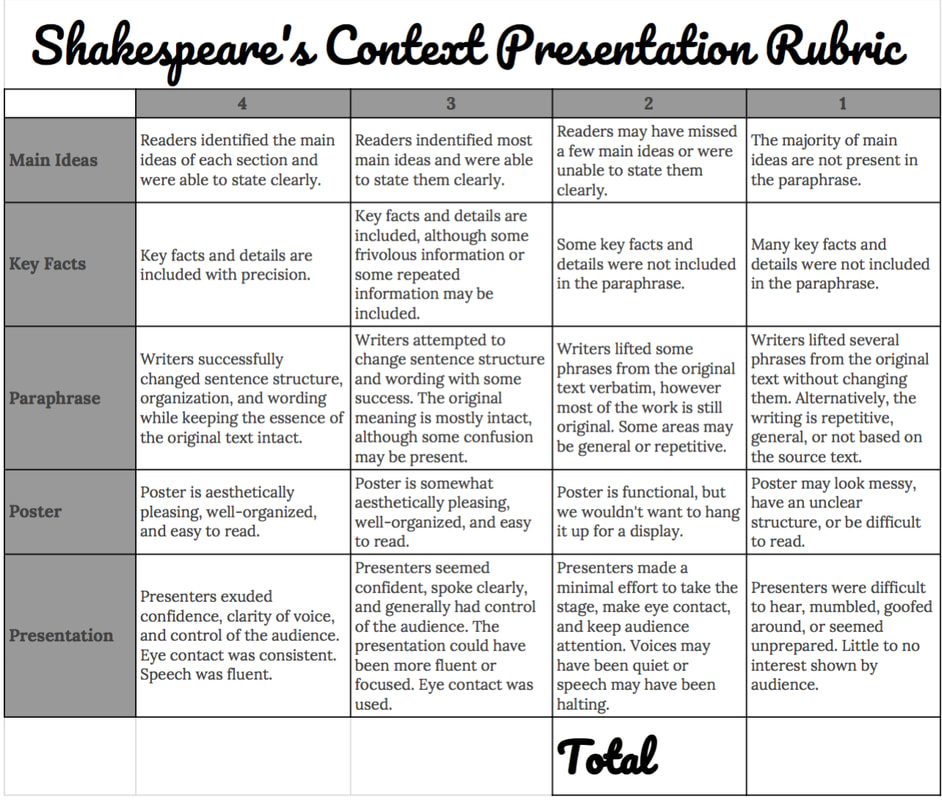
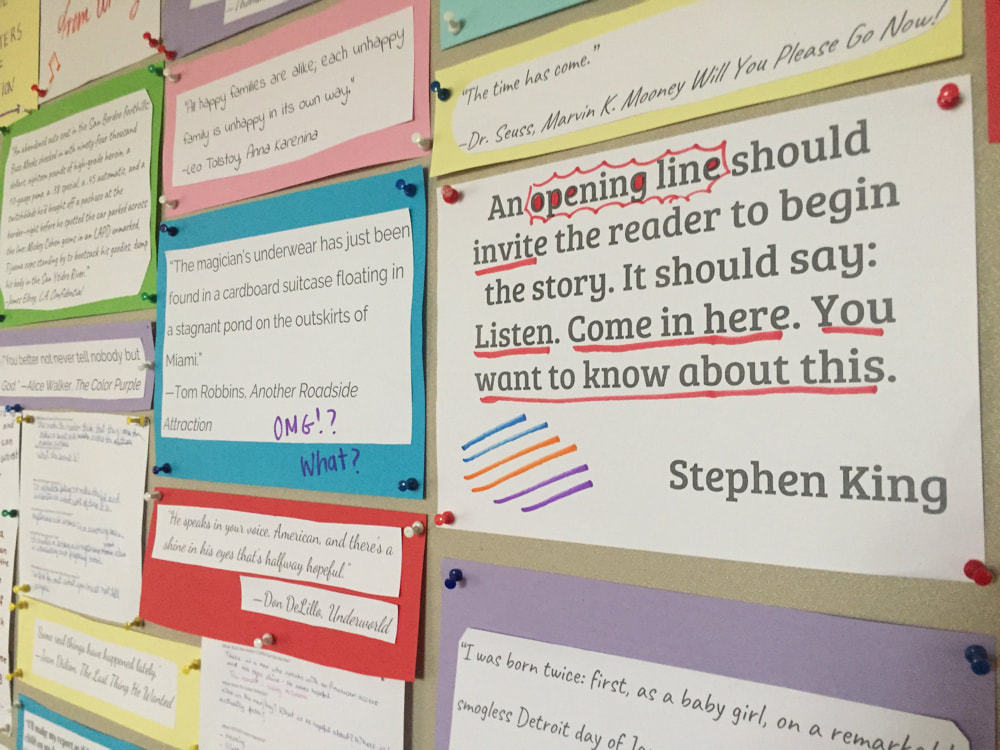
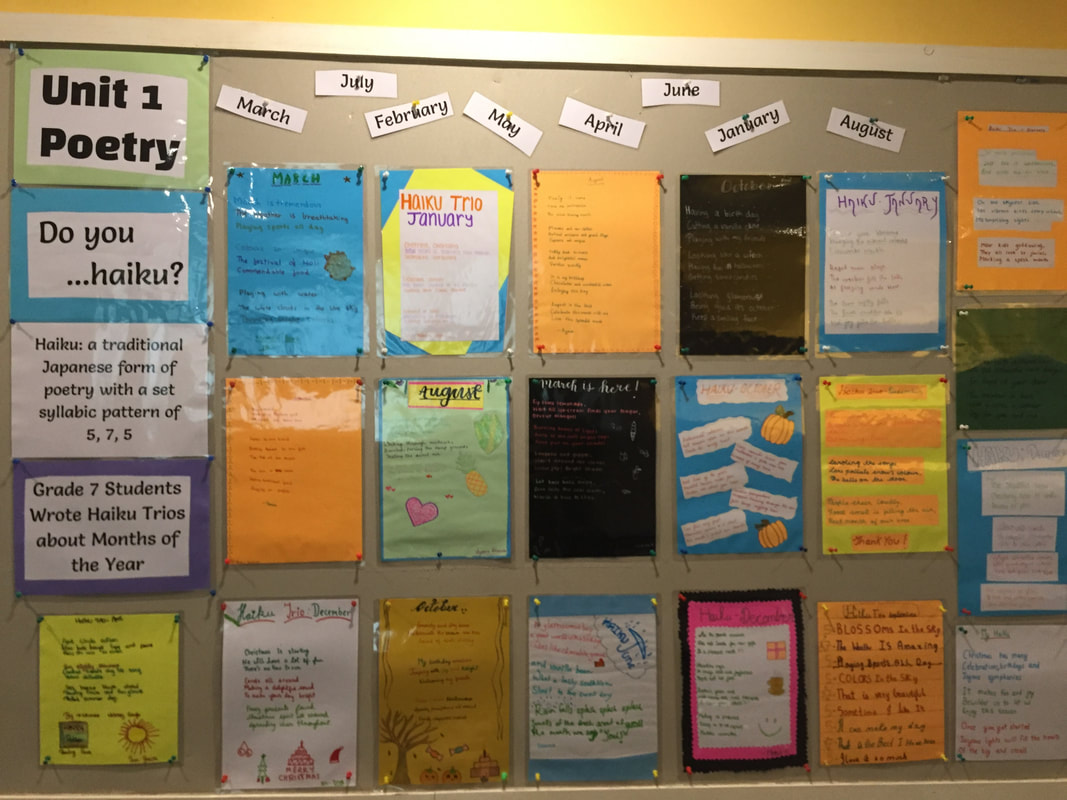
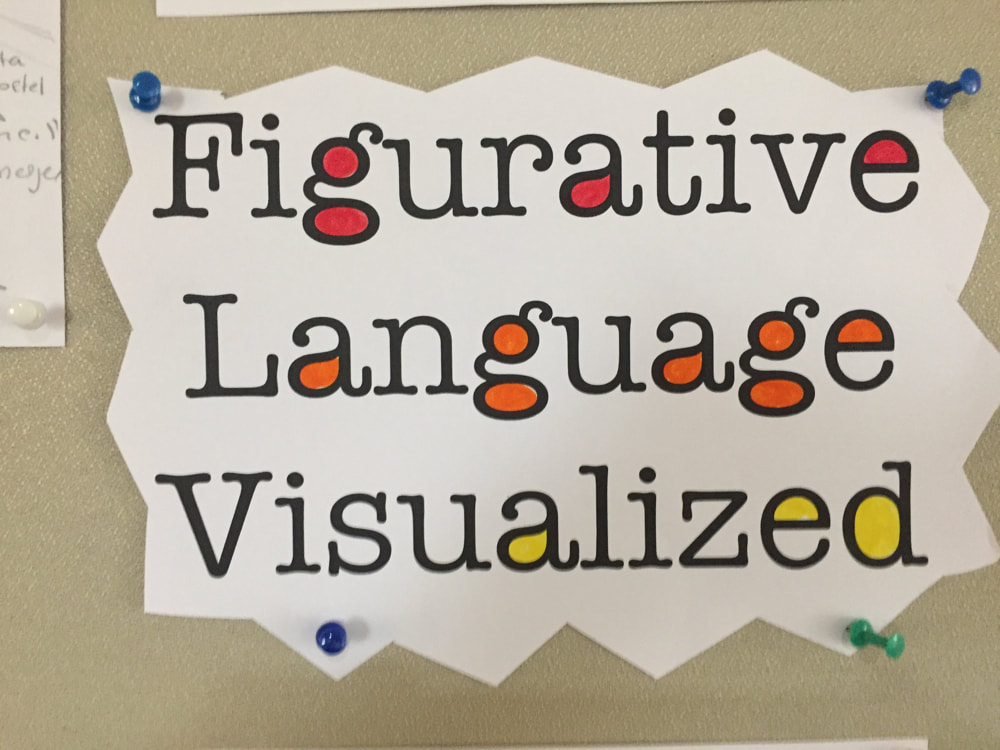
 RSS Feed
RSS Feed